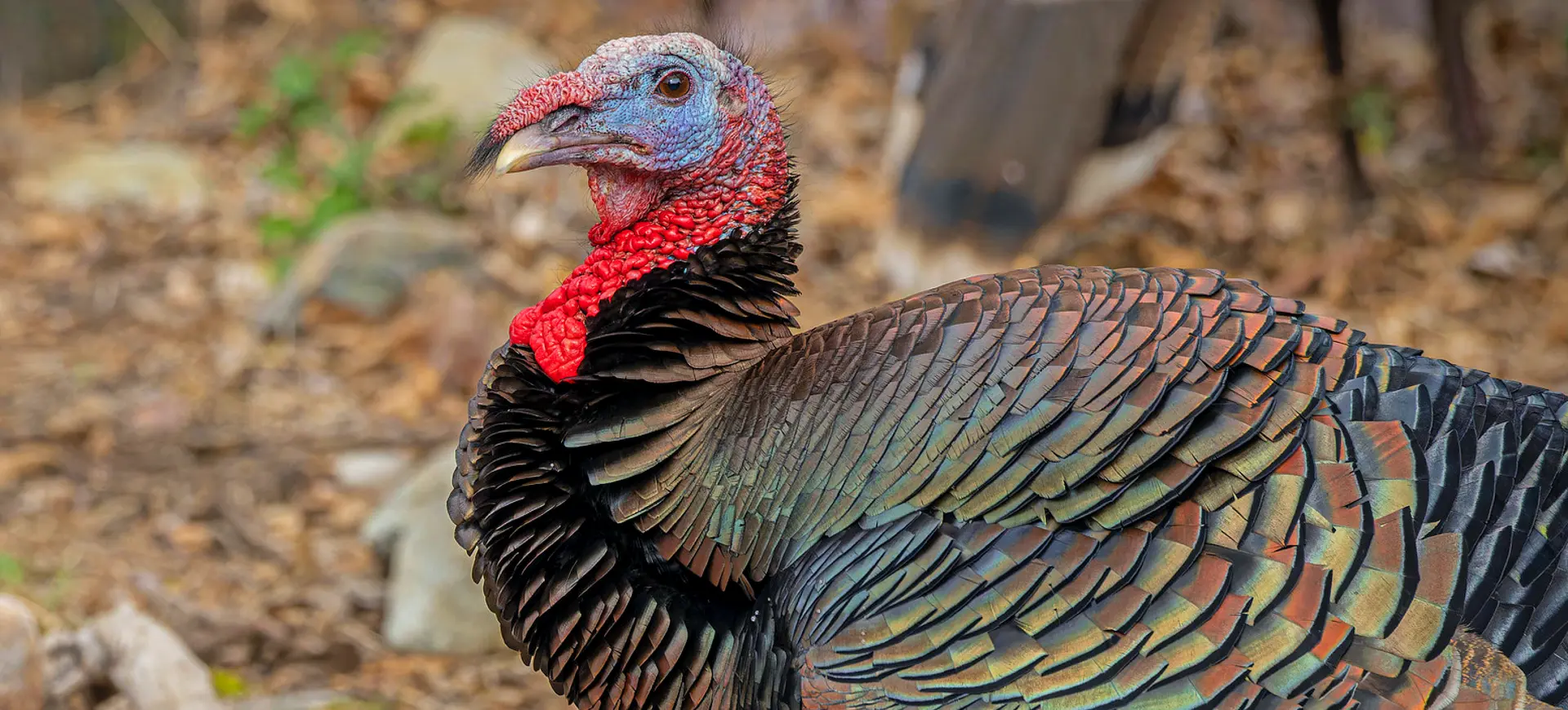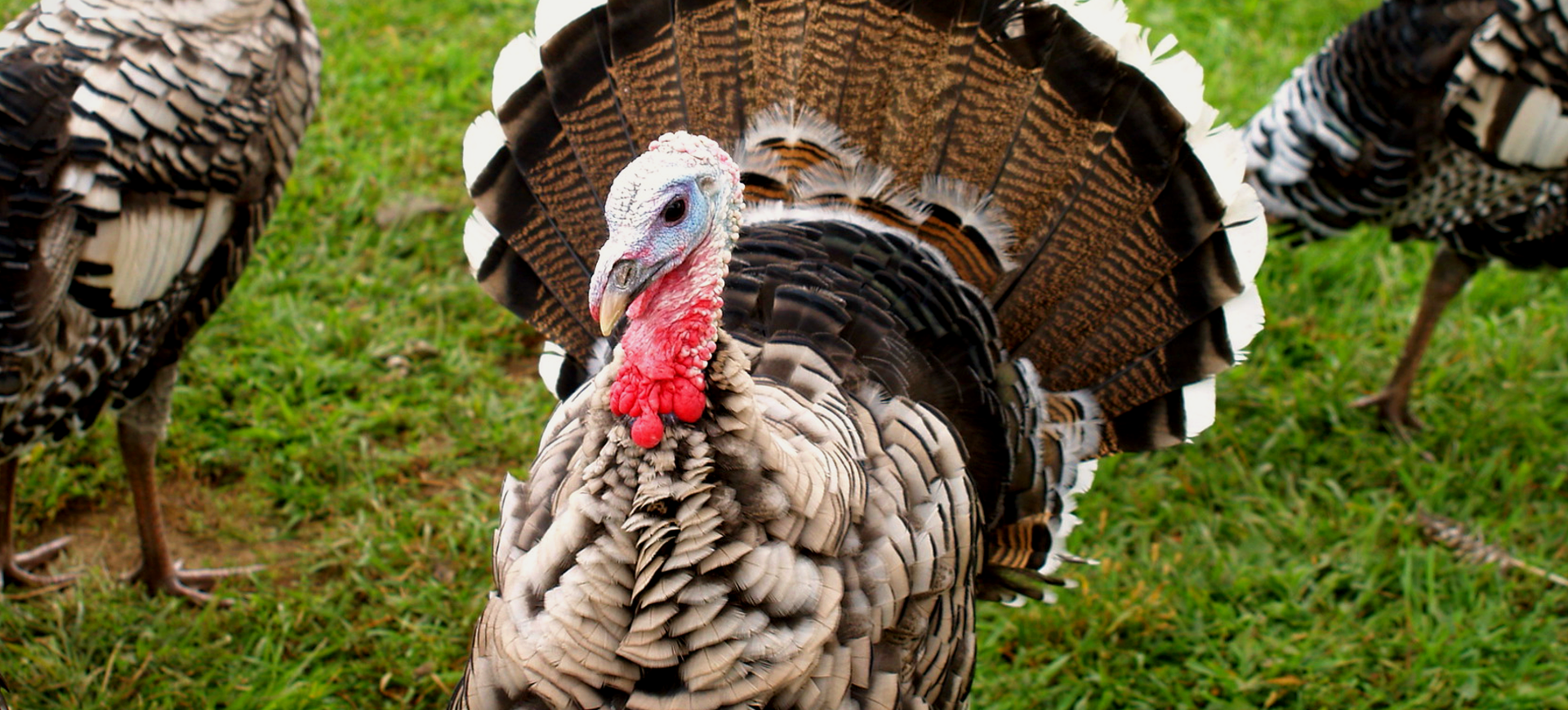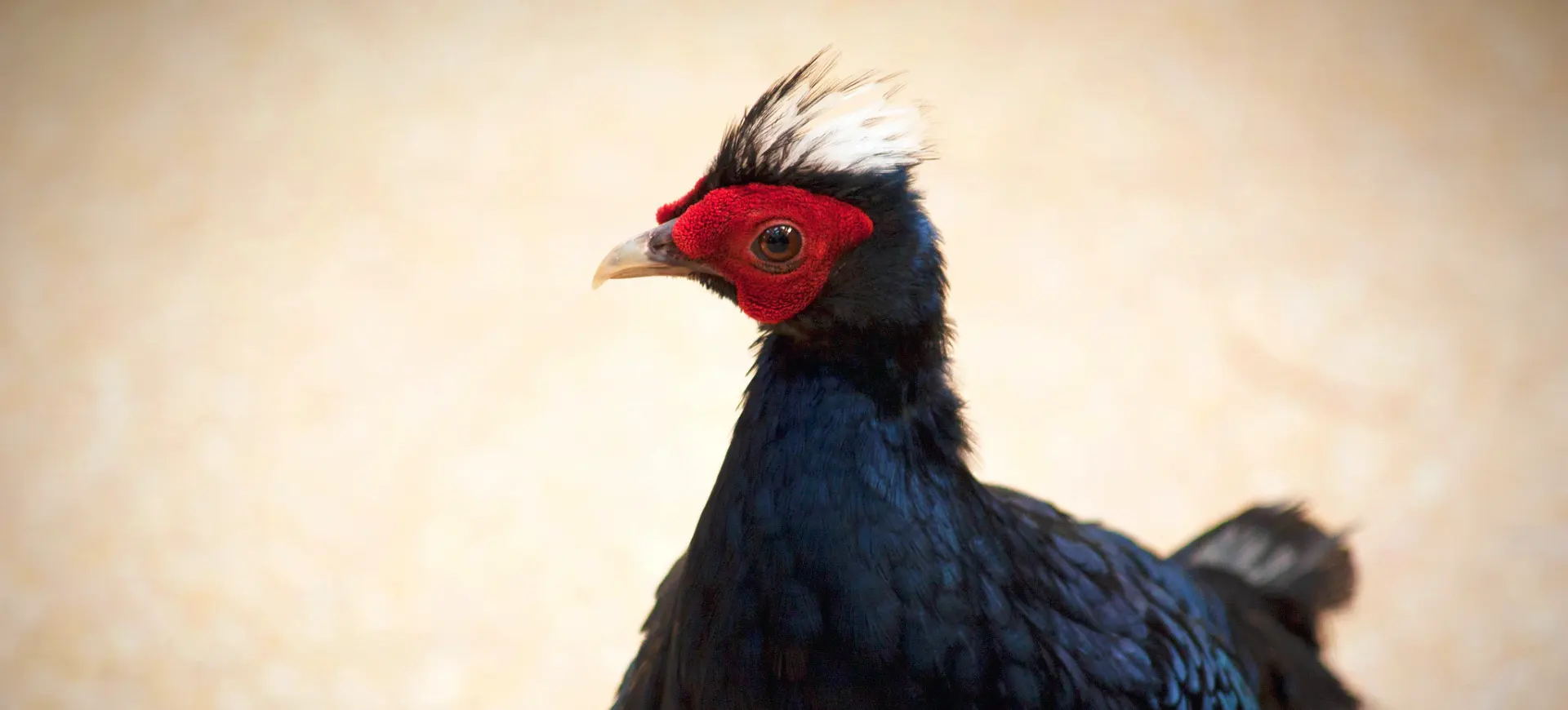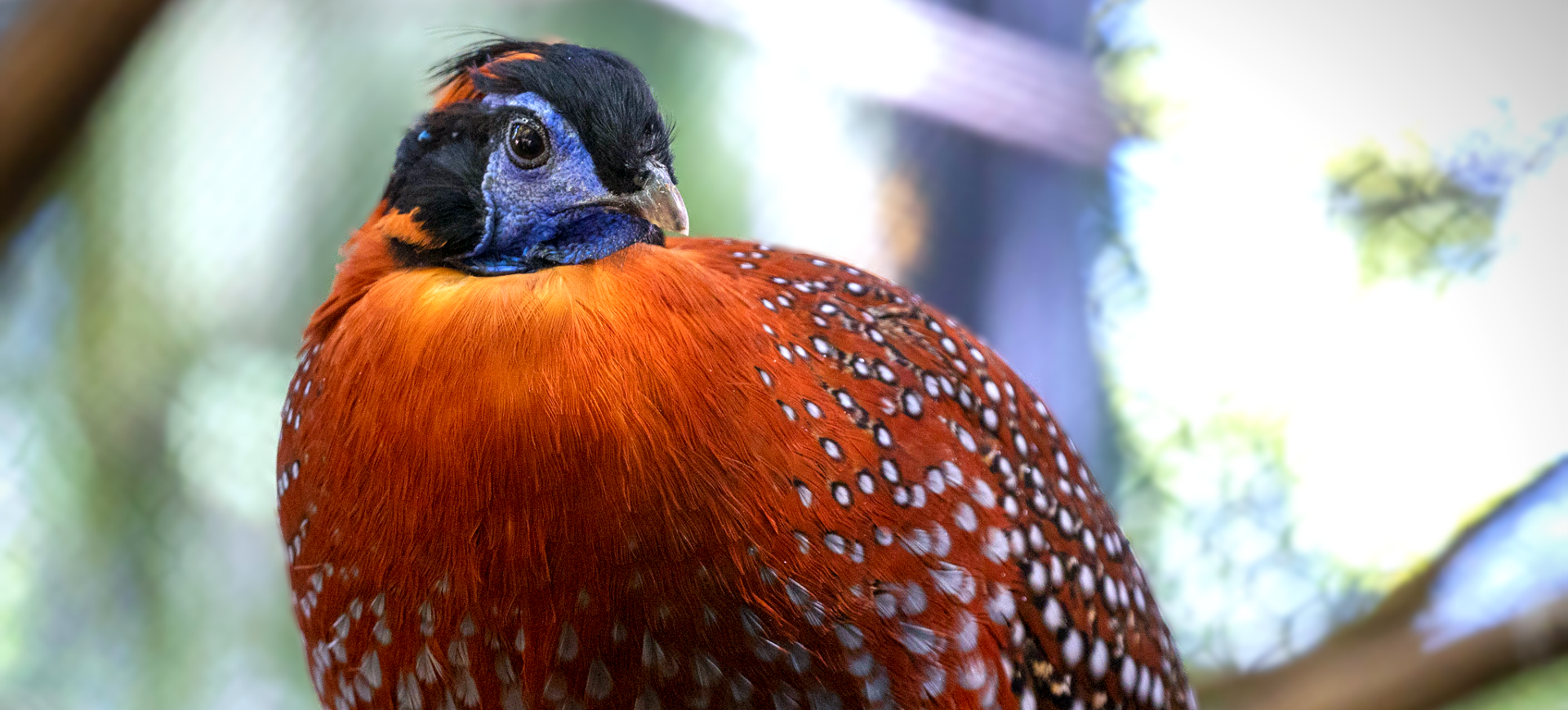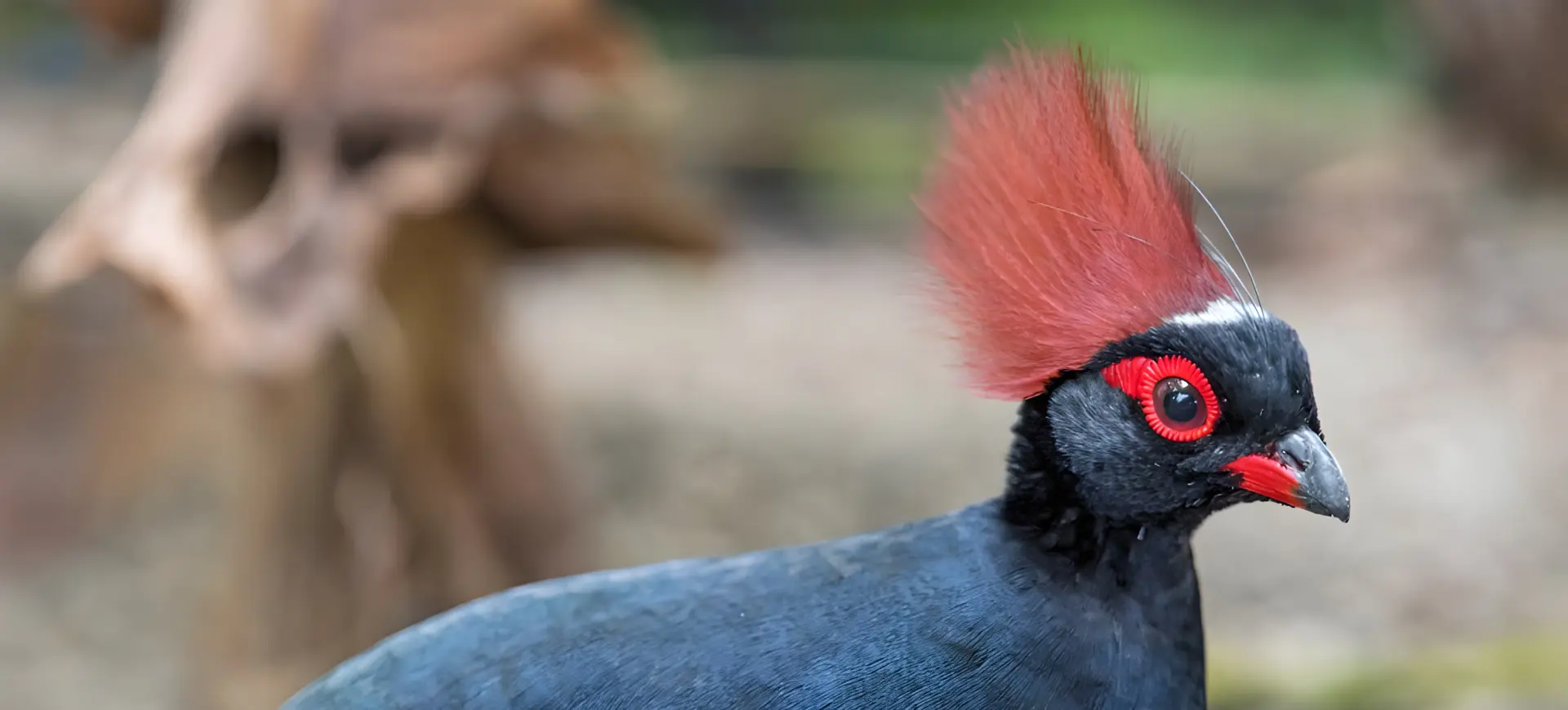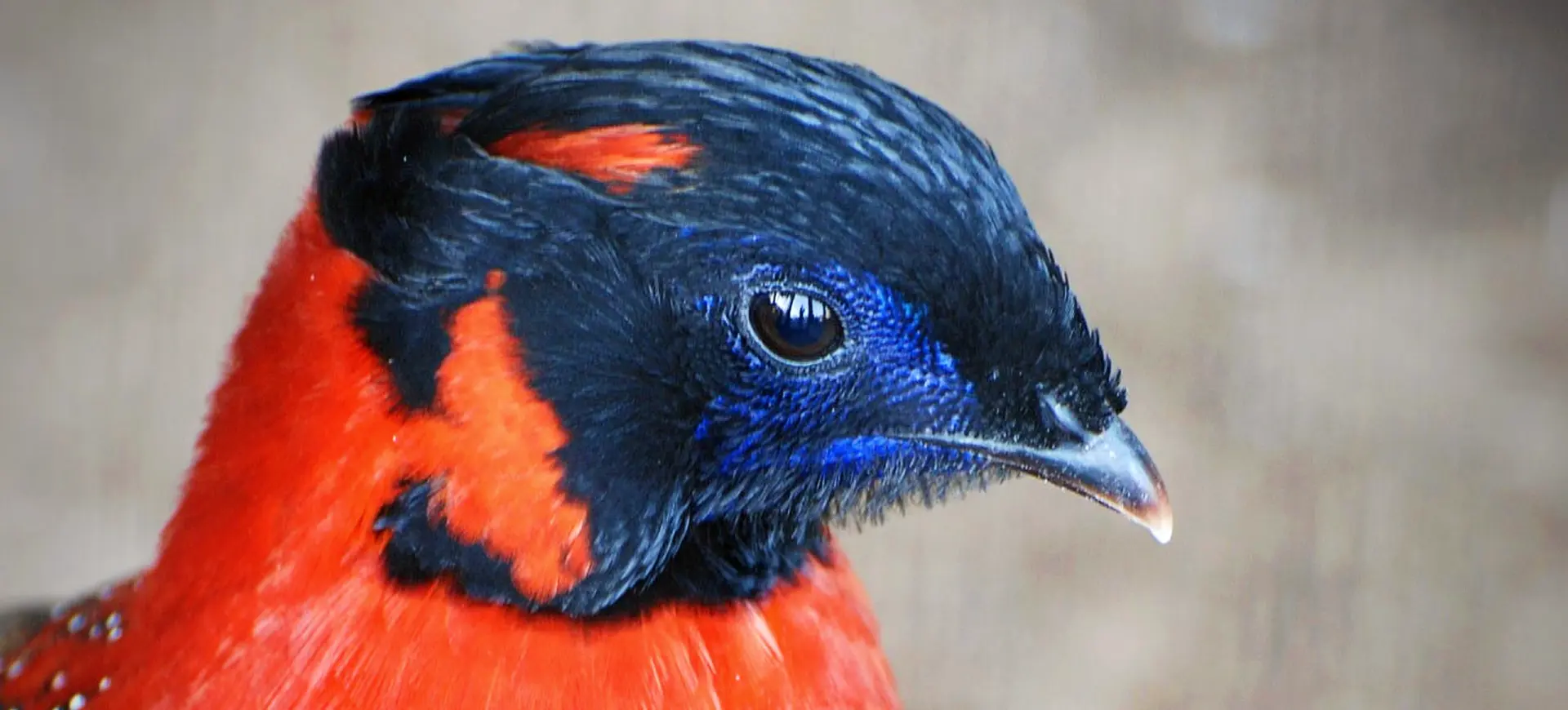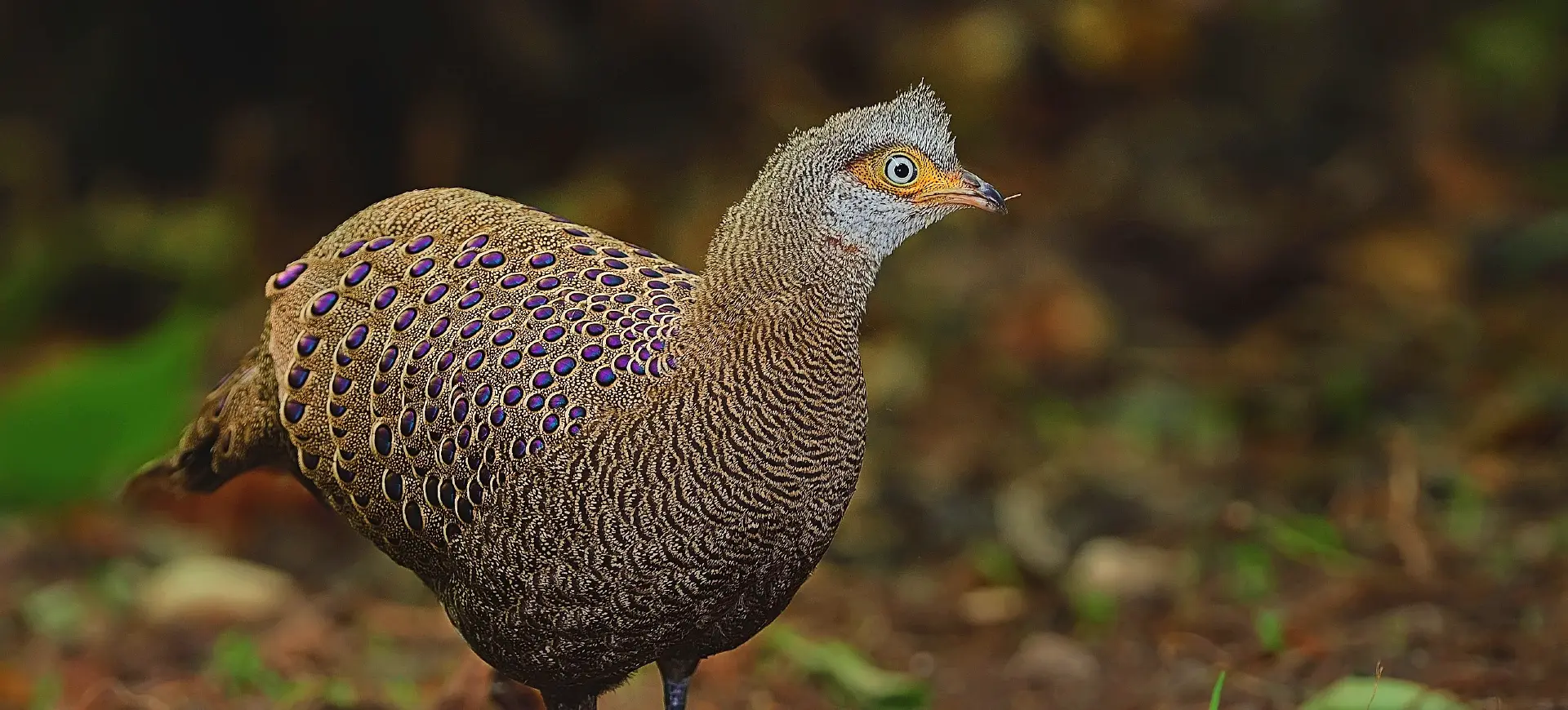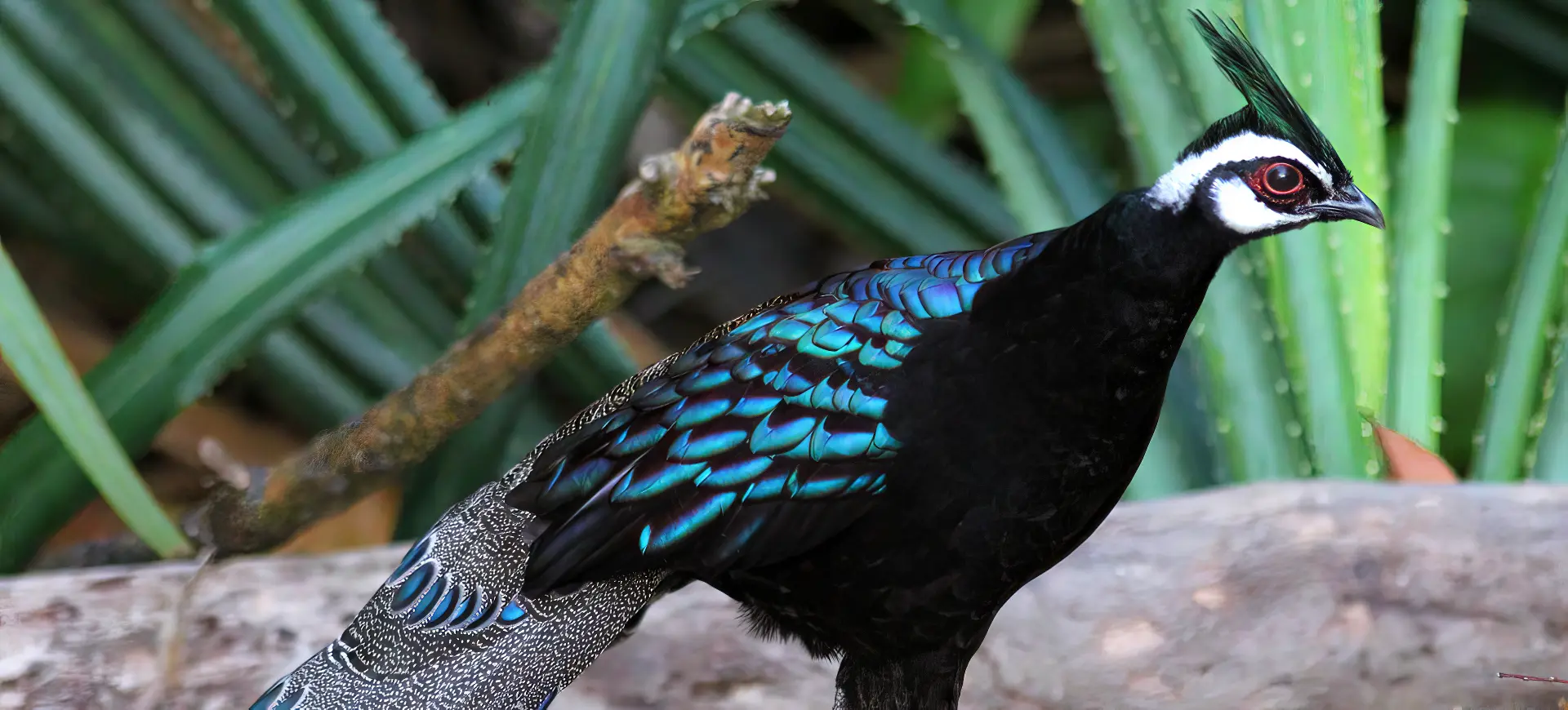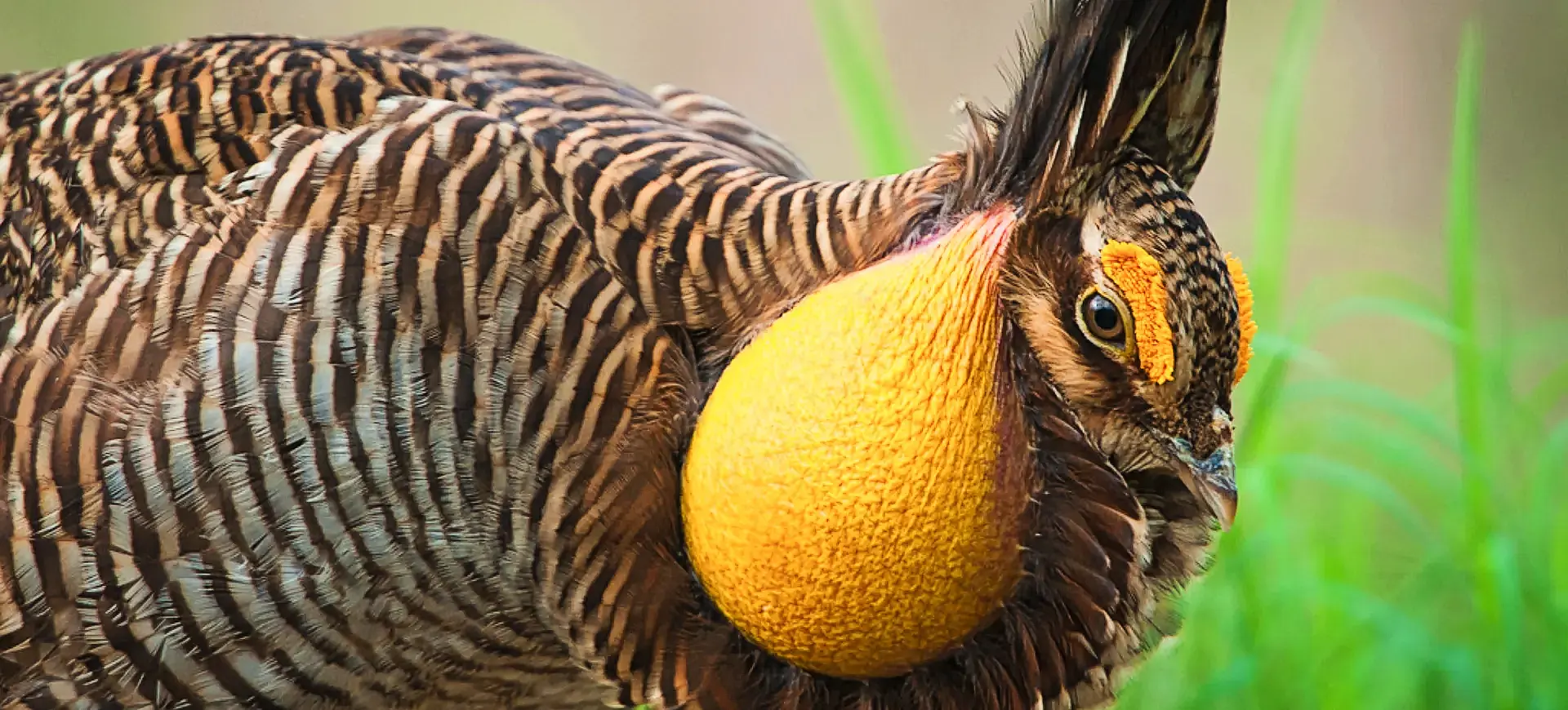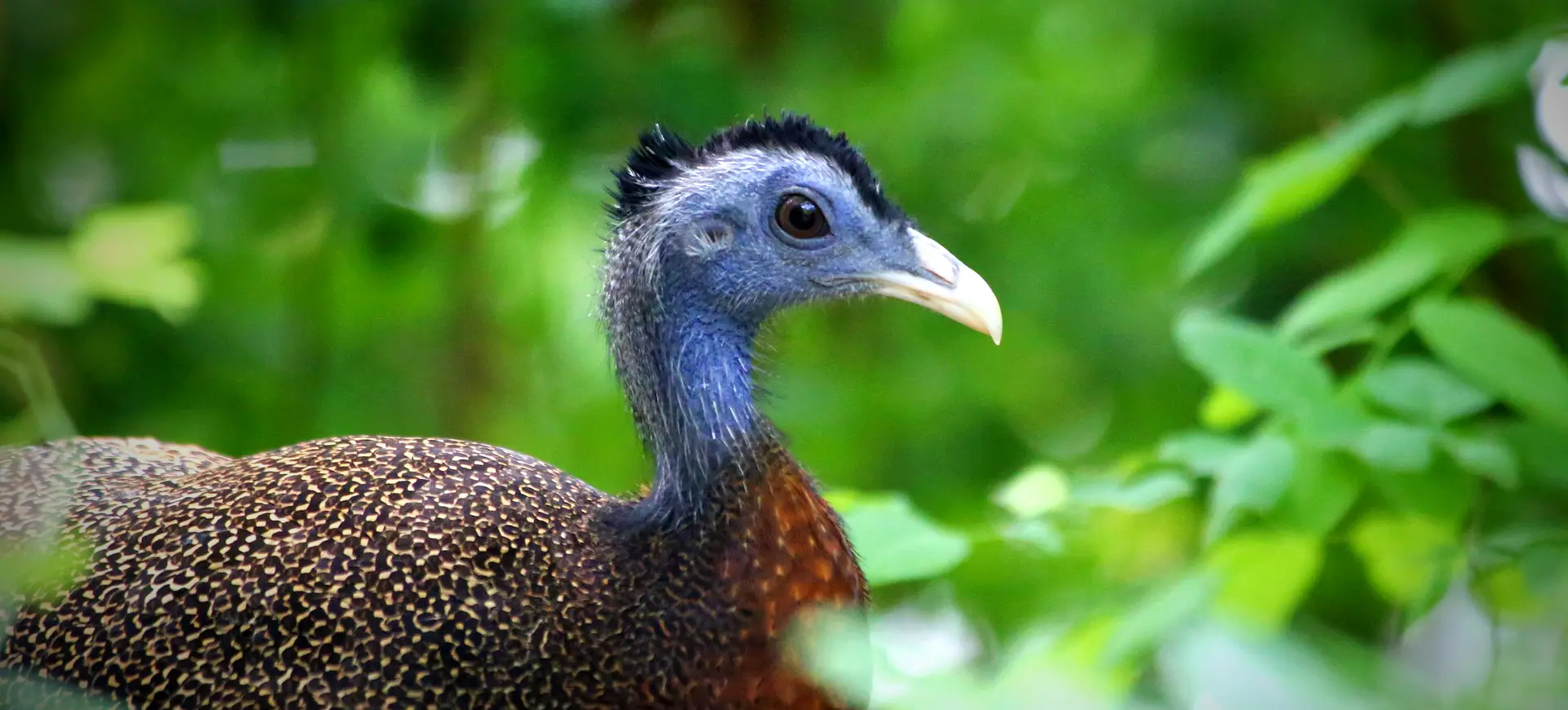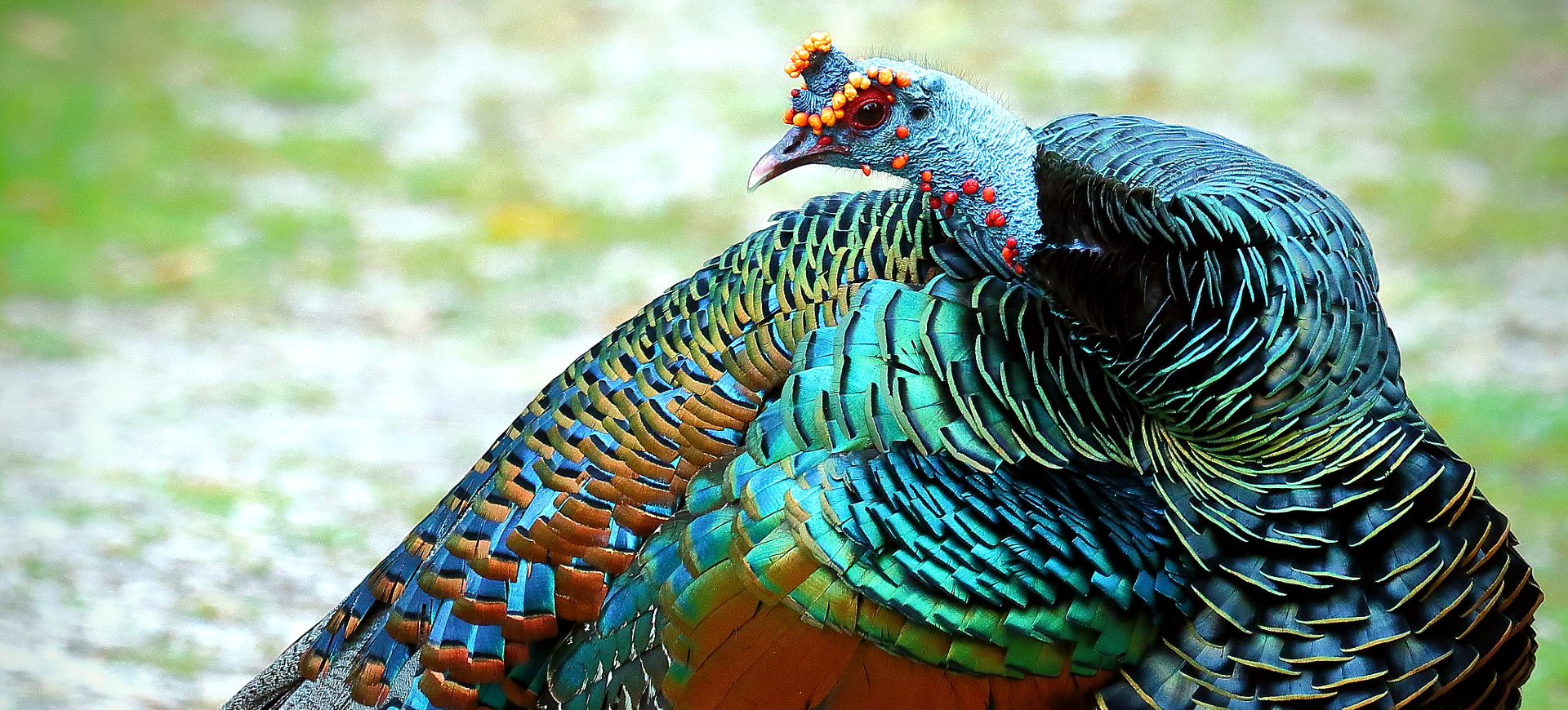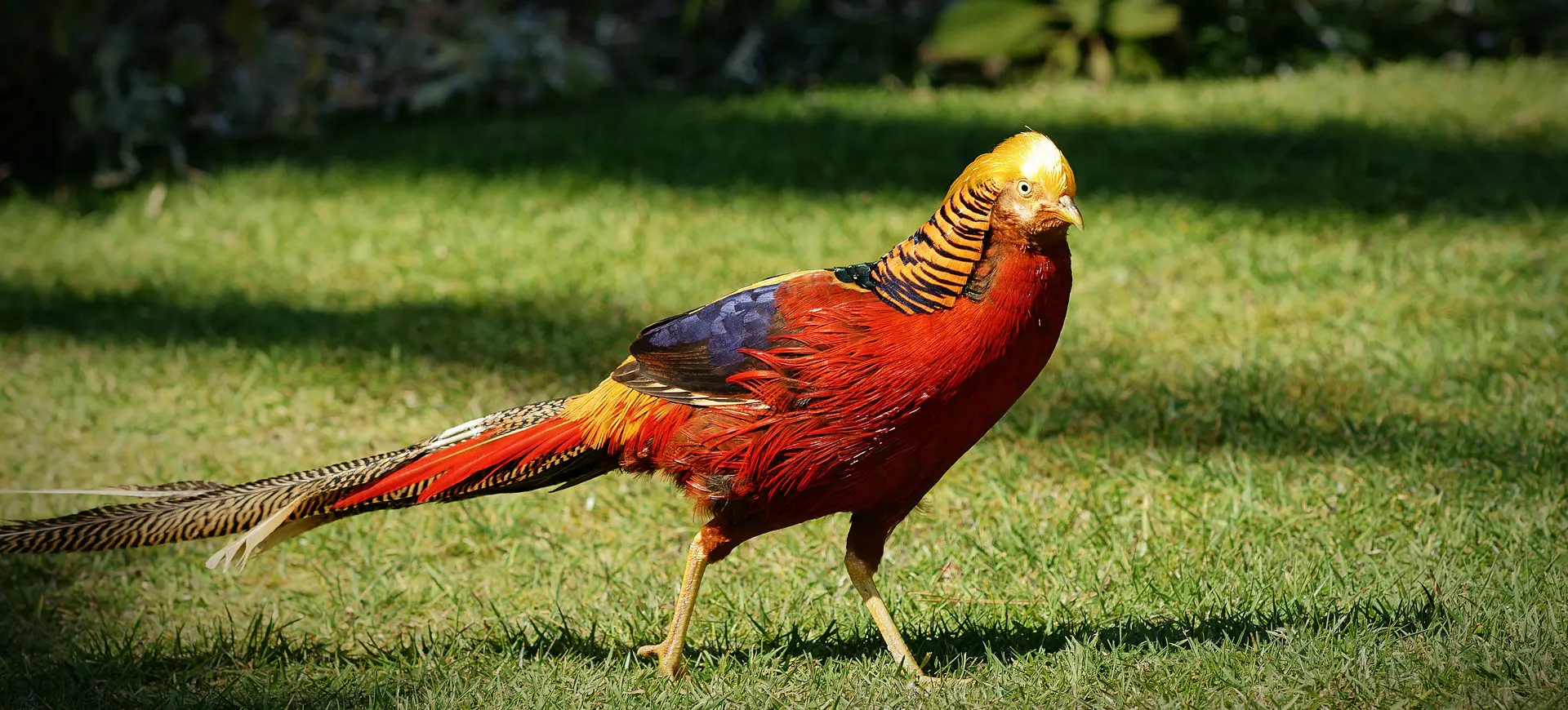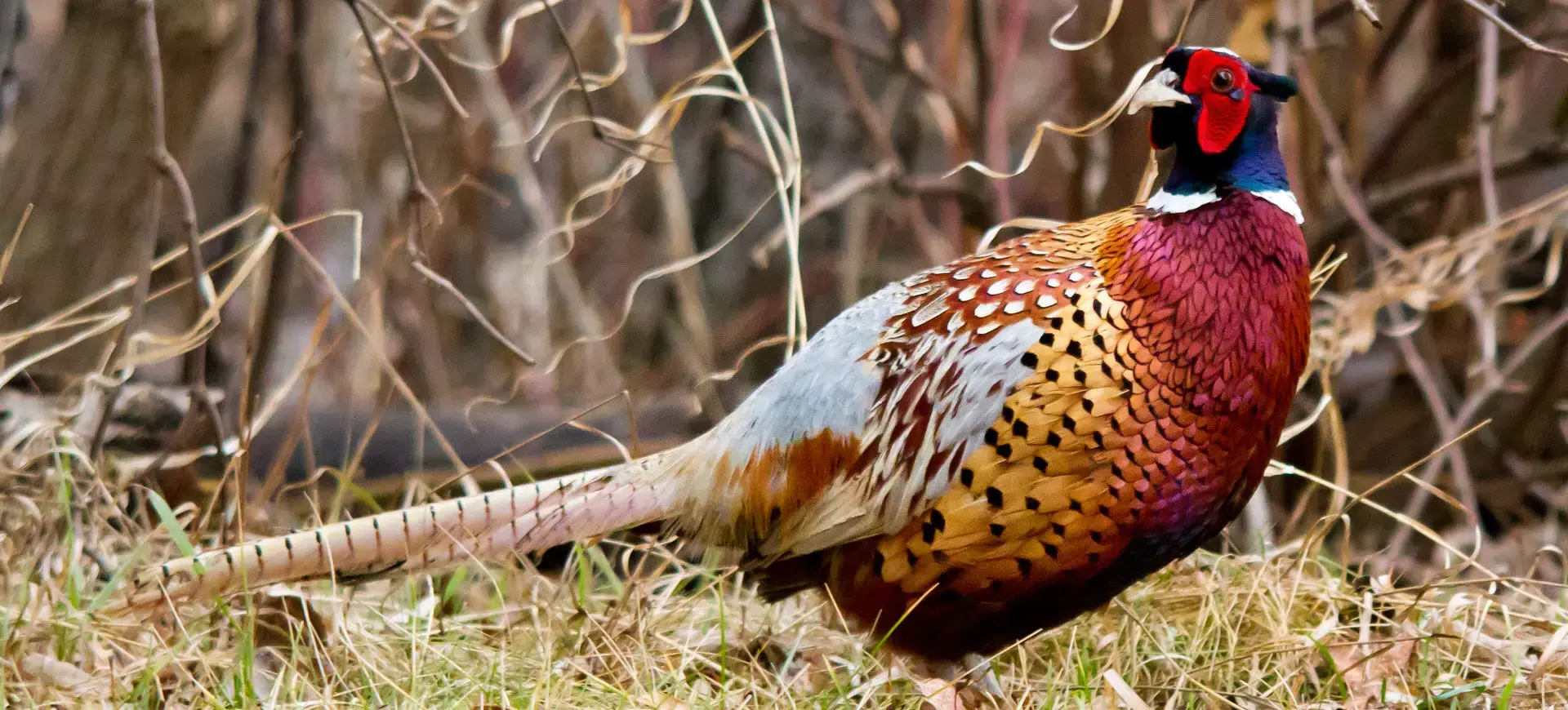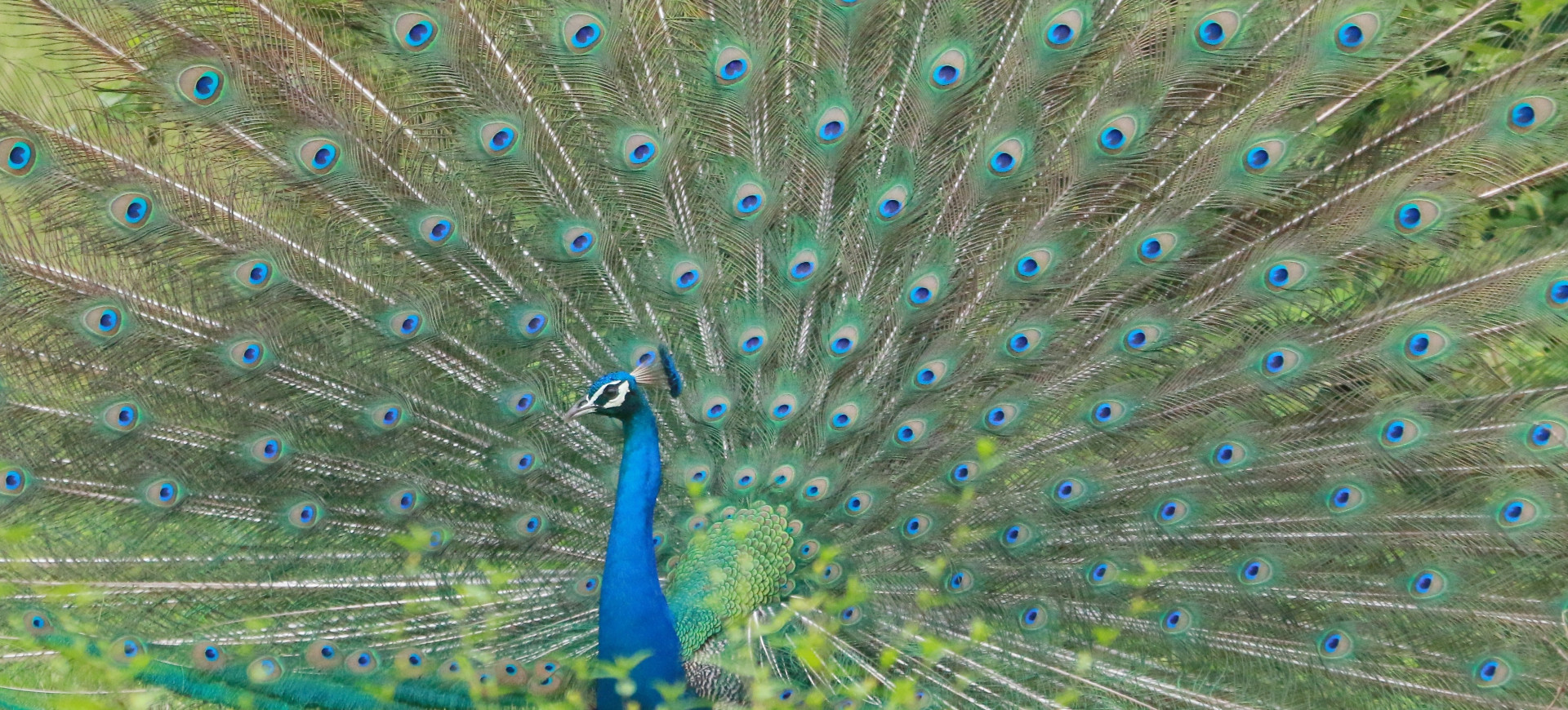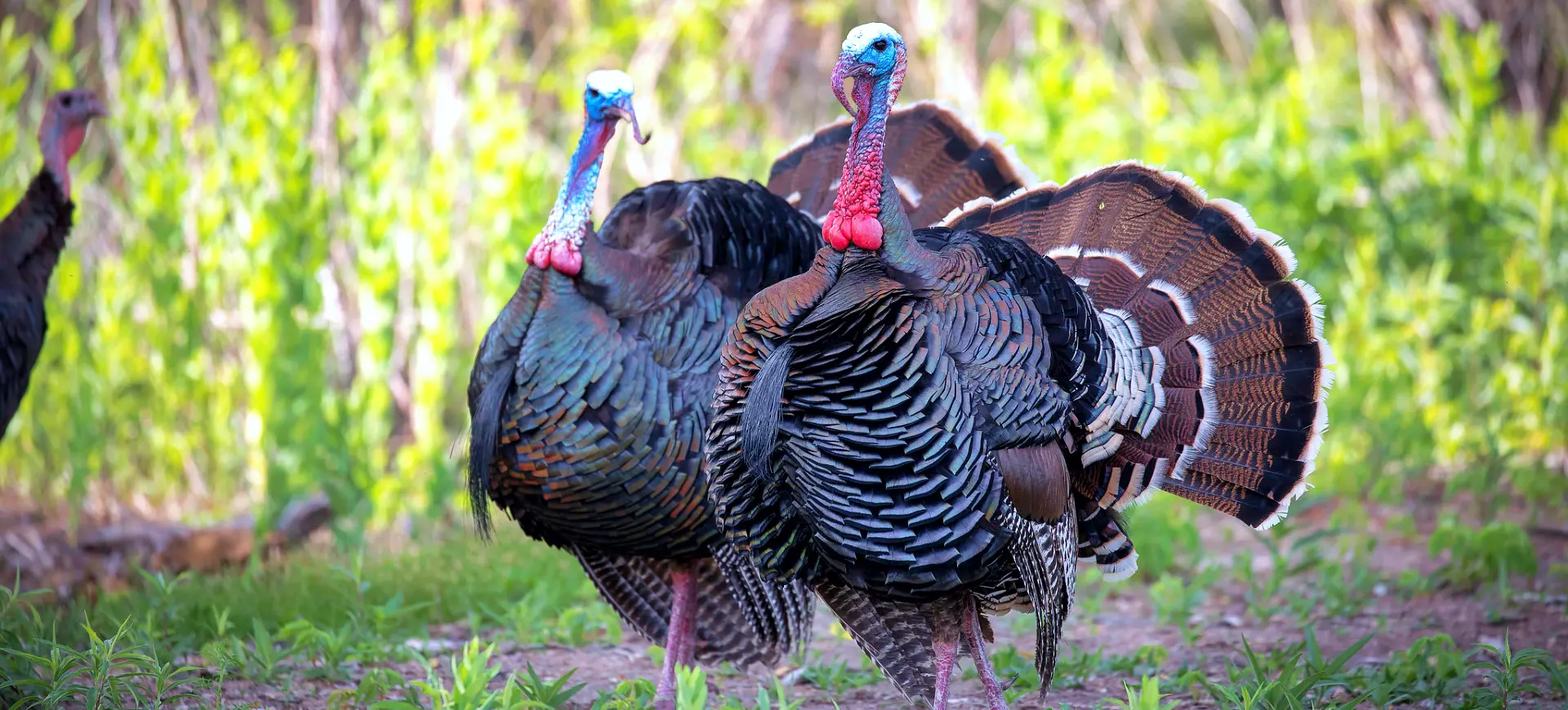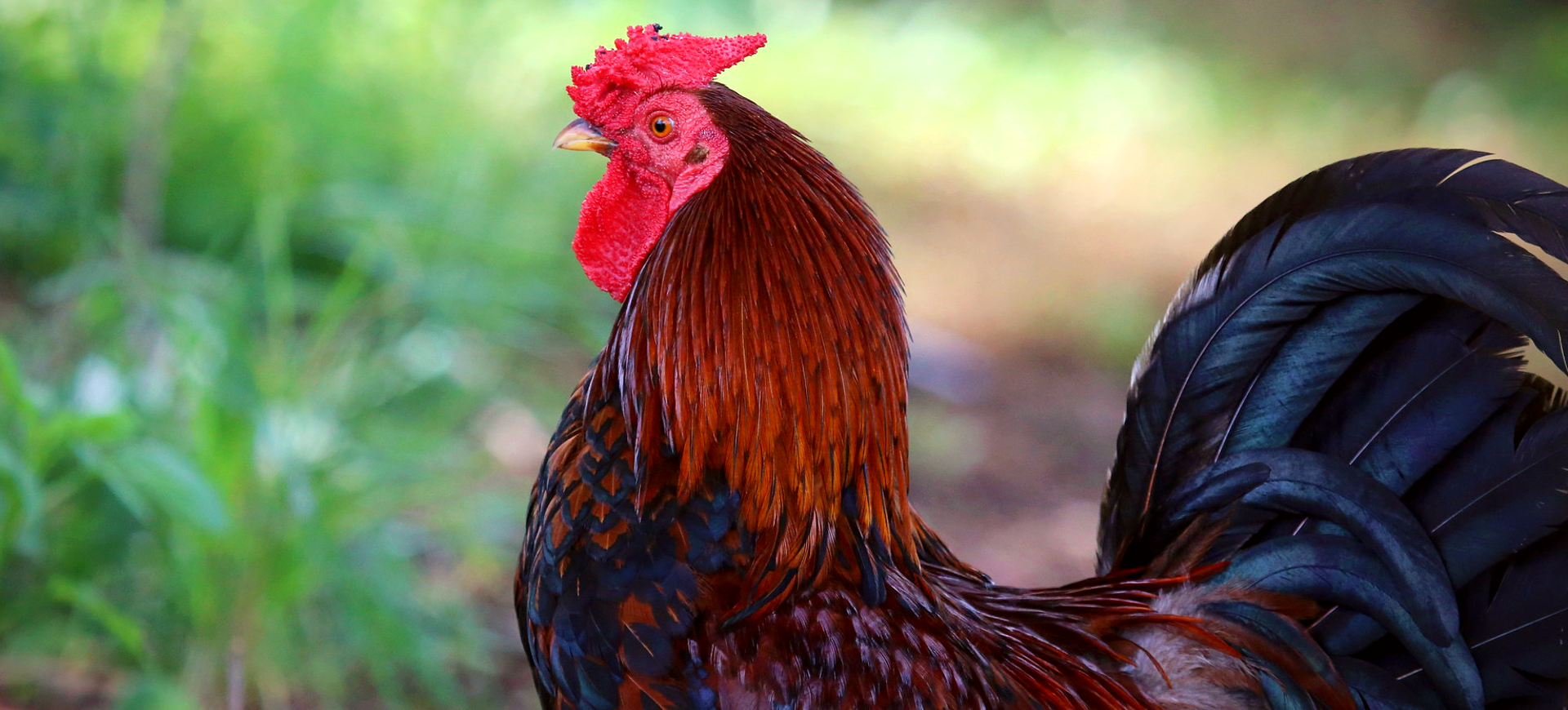Overview
The Green Peafowl, scientifically known as Pavo muticus, is a large and majestic bird native to Southeast Asia. Renowned for its stunning plumage and elaborate courtship displays, it is a close relative of the more commonly known Indian Peafowl. The Green Peafowl is characterized by its vibrant green and blue feathers, with males showcasing a spectacular tail or ‘train’ adorned with iridescent eye spots. These trains are used in courtship rituals and are a distinguishing feature from their Indian counterparts.
Males, known as peacocks, are significantly larger and more colorful than the females, known as peahens. The peacock’s train, which can be over 6 feet long, is not the tail but elongated upper-tail covert feathers. During courtship displays, these feathers are fanned out in a magnificent display to attract females. The Green Peafowl’s head is adorned with a crest of feathers, adding to its regal appearance.
Green Peafowl are ground-dwelling birds that prefer open forests or grassland near water. They are known for their loud calls, especially during the breeding season. Despite their large size, these birds are strong fliers and often roost in trees at night. They are omnivorous, feeding on various plant materials, insects, and small animals.
Taxonomy
Kingdom
Phylum
Class
Order
Family
Genus
Species
Sub Species
Type
Physical Description:
The Green Peafowl is a large and vibrant bird, with the male peacock particularly striking. Males can reach lengths of up to 3 meters, including their extended train, and weigh 8.8 to 13.2 pounds (4 to 6 kilograms). Their body is covered in iridescent green and blue plumage, with the iconic eye-spot patterns predominantly in gold and blue hues on the train. The head is smaller than the body, with a crest of fine feathers and a white facial mask.
Females, or peahens, are smaller and less colorful, with predominantly green and brown plumage that provides excellent camouflage in their natural forest habitats. They lack the long train of the males and have a more subdued appearance. Both sexes have strong, muscular legs and long necks, and their eyes are known for their intense and penetrating gaze. The overall physique of the Green Peafowl is built for foraging on the ground but with powerful wings adapted for short bursts of flight.

Lifespan: Wild: ~20 years || Captivity: ~25 years

Weight: Male: 8.8-13.2 lbs (4-6 kg) || Female: 6.6-8.8 lbs (3-4 kg)

Length: Male: 6.6-9.8 feet (200-300 cm) including train || Female: 3.3-3.9 feet (100-120 cm)

Height: Male & Female: Up to 3 feet (90 cm)

Wingspan: Male & Female: 4.6-5 feet (140-150 cm)

Top Speed: 10 mph (16 km/h)
Characteristic:
Native Habitat:
The Green Peafowl’s native habitat encompasses Southeast Asia’s tropical and subtropical forests. They are particularly associated with areas that provide open spaces and dense vegetation, such as forest clearings, riverine habitats, and grasslands adjacent to forests. These environments offer the necessary resources for feeding, breeding, and roosting.
The preference for habitats near water sources is a distinctive characteristic of Green Peafowl. They are often found along riverbanks, swamps, and wet grasslands, which provide a rich source of food and a refuge from predators. The availability of roosting sites also influences their habitat choices, as they prefer to roost in tall trees for protection.
Climate Zones:
Biogeographical Realms:
Continents:
Diet:
Diet & Feeding Habits:
Green Peafowl are omnivorous birds with a diverse diet. They primarily feed on plant matter, including seeds, fruits, and flowers, which constitute the bulk of their diet. They also consume a variety of animal prey, such as insects, amphibians, and small reptiles. This varied diet is crucial for meeting their nutritional needs, especially during the breeding season when the demand for protein is higher.
Foraging in Green Peafowl involves scratching the ground with their feet to uncover hidden food. They are also known to forage in trees, picking fruits and small invertebrates. Their feeding habits are daily, with most foraging occurring in the early morning and late afternoon. In the wild, these birds often forage in small groups, which provides safety in numbers and increases foraging efficiency.
Mating Behavior:
Mating Description:
The Green Peafowl has a polygynous mating system, with males displaying elaborate courtship rituals to attract females. The male’s courtship display is a visually striking performance, where he fans out his spectacular train and shakes it to create a rustling sound, showcasing the iridescent eye spots. This display, often accompanied by vocalizations, is intended to impress females and establish dominance over other males.
The mating season typically coincides with the onset of the rainy season, when food resources are abundant. Females lay a clutch of 4-6 eggs, which they incubate for about 28 days. The male does not participate in incubation or rearing the chicks. Once hatched, the chicks are precocial, able to walk and feed themselves shortly after birth. The mother provides protection and guidance during their early development.
Reproduction Season:
Birth Type:
Pregnancy Duration:
Female Name:
Male Name:
Baby Name:
Social Structure Description:
Green Peafowl are social birds, often found in small groups or pairs, especially outside the breeding season. These groups typically consist of males, females, and juveniles. During the breeding season, males become more solitary or form leks, which several males display to attract females.
Their social interactions involve a range of vocalizations used for communication, particularly during mating and when sensing danger. The hierarchical structure in groups is not as pronounced as in some other bird species, but dominance is observed among males during the breeding season. Roosting together in trees at night, offering protection from ground predators, is common.
Groups:
Conservation Status:
Population Trend:
The global population of Green Peafowl has been declining, with the species currently classified as endangered. Their numbers in the wild are difficult to estimate due to their elusive nature and fragmented distribution. The largest remaining populations are found in protected areas, but even these are subject to threats from human activities.
The primary cause of the population decline is habitat loss due to deforestation and land conversion for agriculture. Hunting and poaching for feathers, meat, and the pet trade also pose significant threats. Inbreeding and reduced genetic diversity are concerns in small, isolated populations. Conservation efforts are critical to reverse the decline and ensure the survival of this magnificent species.
Population Threats:
Habitat destruction is the most significant threat facing Green Peafowl, with vast areas of their forest habitat cleared for agriculture, logging, and human settlement. This habitat loss reduces their available living space and affects their food resources and breeding grounds. Hunting and poaching for their beautiful feathers and meat and the illegal wildlife trade have also contributed to their decline.
In addition to direct threats, the Green Peafowl is affected by indirect factors such as pesticides and herbicides, which reduce their food sources and can lead to poisoning. Human-wildlife conflict, particularly in agricultural areas, also risks their survival. Climate change may further impact their habitat and food availability, exacerbating the existing threats.
Conservation Efforts:
Conservation efforts for the Green Peafowl include habitat protection, anti-poaching measures, and community engagement to promote coexistence. Protected areas play a crucial role in conserving their remaining populations, but effective management and enforcement are essential. Reforestation and habitat restoration projects are also important to increase their available habitat.
Education and awareness programs aim to reduce hunting and poaching by highlighting the importance of the species and the threats it faces. Although challenging, Captive breeding programs are being explored to boost their numbers and maintain genetic diversity. International collaboration is necessary for effective conservation, given their transboundary habitat range.
Additional Resources:
Fun Facts
- The Green Peafowl’s train is not its tail but elongated upper-tail covert feathers.
- They are one of the few bird species where the male is more colorful and larger than the female.
- Green Peafowl can fly despite their large size and long trains.
- Their loud calls can be heard over long distances, especially during breeding.
- The eye-spot patterns on the male’s train are used in courtship displays and may play a role in predator deterrence.
- They are known to eat small venomous snakes, showcasing their diverse diet.
- The Green Peafowl’s habitat range was once much more extensive, covering much of Southeast Asia.
- In some cultures, Green Peafowl feathers are considered symbols of beauty in traditional ceremonies.
- They play an important role in their ecosystem as seed dispersers and pest controllers.
- Conservation efforts for the Green Peafowl are challenged by the bird’s sensitivity to habitat change and human disturbance.








